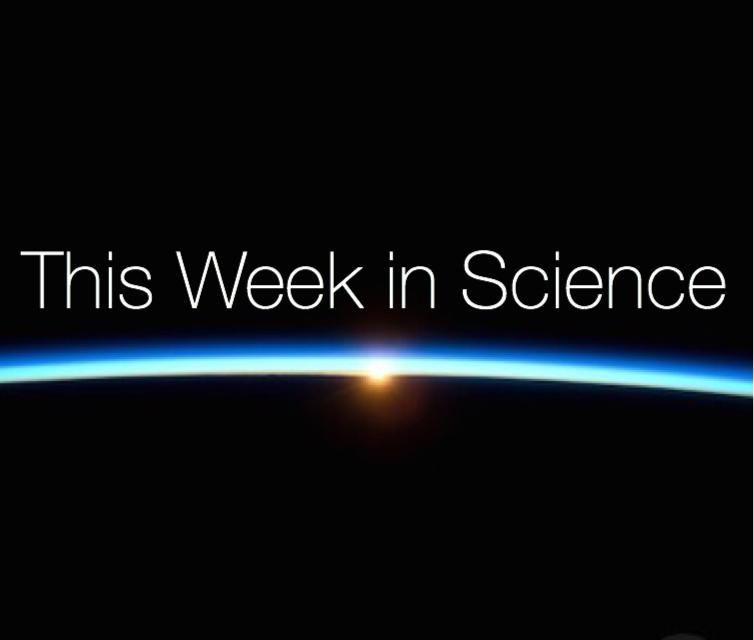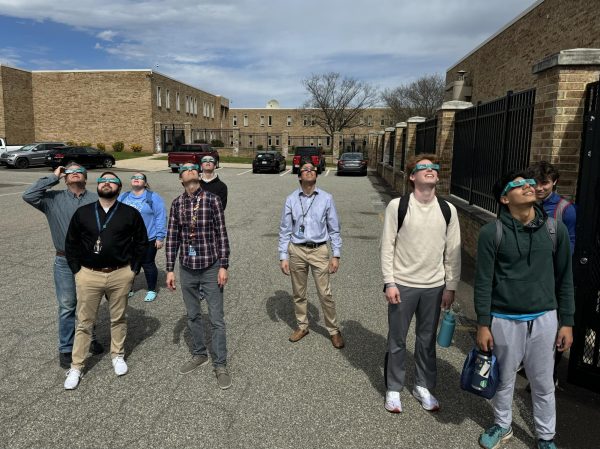This week in science
Future of Pollination
In the United States, the agriculture industry contributes almost a trillion dollars to the GDP. However, that industry could be facing some huge problems in the future. Over 100 commercially grown crops are mainly pollinated by honeybees. However, honeybees are dying at an alarming rate due to pesticides used by farmers and with Trump vowing to decrease regulations, these pesticides will most likely continue to be used. Anna Haldewang, an industrial design major at SCAD, created Plan Bee, a drone that is capable of pollinating plants. Plan Bee has a foam core to keep it lightweight, a plastic shell for durability, and propellers to make it fly. Plan Bee has holes that suck in pollen when the drone hovers over the plant. The pollen is then stored until the drone visits another plant. Then some pollen is expelled onto the new plant and some pollen is taken from the new plant. Haldewang applied for a patent and hopes to have Plan Bee on the market in 2 years.
For more information: http://money.cnn.com/2017/02/15/technology/bee-drone-pollination/
NASA’s “Space Poop Challenge” Winner Announced
Currently, astronauts either hold in their waste or wear a diaper. In an attempt to solve this problem, NASA turned to the public and introduced the “Space Poop Challenge.” People were challenged to find a new way for astronauts to do there business and the winner would receive $15,000. The winner was Thatcher Cardon. In Cardon’s model, the astronaut will go to the bathroom in tubes sealed to his or her anus and penis/vagina. When the person goes, a vacuum will turn on thus sucking the waste out of the suit from a valve. This design is also capable of wiping after the astronaut.
For more information and pictures: http://www.sciencealert.com/nasa-s-found-a-winner-for-a-competition-on-how-to-dispose-of-space-poop
Organic Material Found on Ceres
NASA announced that organic material has been found on Ceres, a dwarf planet and the largest asteroid in the Solar System. These carbon based molecules were centered around and in a crater on Ceres’s northern hemisphere. At first, some scientists believed that the organic material was left behind from the asteroid that created the crater while some believe that it originated on Ceres. However, after further analysis of the terrain in that area, the general consensus seems to be that it originated on Ceres. This discovery can help scientists learn more about the origins of life on earth due to Ceres’s similarities to what scientists believe the earth used to be like.
For more information: http://www.sciencealert.com/nasa-spots-mysterious-spray-of-organic-material-on-our-biggest-asteroid











